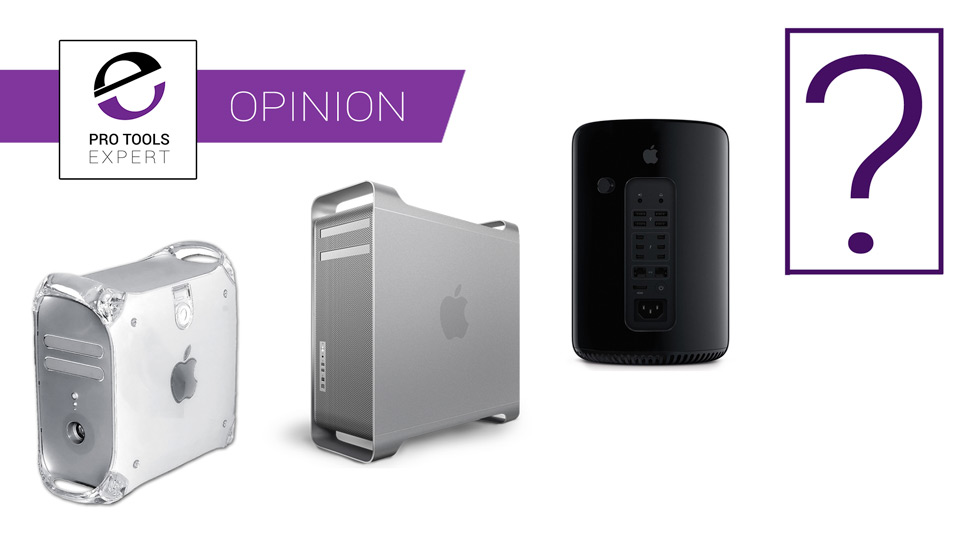

- #Make pc from mac pro 5.1 install
- #Make pc from mac pro 5.1 update
- #Make pc from mac pro 5.1 software
- #Make pc from mac pro 5.1 license
- #Make pc from mac pro 5.1 windows
#Make pc from mac pro 5.1 license
There is no management hardware or metadata servers to license like, say, StorNext, so it just comes down to the cost of each seat, plus your RAID arrays, or in your case, your iSCSI targets (servers).
#Make pc from mac pro 5.1 install
SANMP is licensed per seat, where you install the SANMP client on each workstation, and the dongle activates the client so you have access to your available volumes. iSCSI is just a transport in the same way FibreChannel is. For instance, iSCSI used with SANMP would be volume-level locking, but iSCSI with StorNext would be file-level. Locking is determined by the type of management layer a SAN uses. Be prepared to get a second or third set of cables, if you're not using the exact ones that Atto recommends (often these are the most expensive, but barring some kind of locking mechanism that prevents you from using third party cables, you can usually find cheaper third party cables).Ĭlick to expand.Sorry it took a moment to get back to you. Thankfully, they were inexpensive Tripp-Lite cables that are readily available on Amazon.
#Make pc from mac pro 5.1 update
The things that really made things sing with our setup were: 1) latest firmware update on the switch 2) latest firmware updates on the 40GbE NICsĪlso, I'm not familiar with the Atto cards - do they use DAC cables or are they RJ45? Our setup is all DAC copper, and we went through a ton of cables before we found some that worked reliably.
#Make pc from mac pro 5.1 windows
You'll definitely want to max out the value for MTU on both the mac and windows machine, and if you introduce a switch into the mix at some point, there as well (assuming it's a managed switch where you can do that). I would think that the Windows machine will probably slow things down a bit on the RAID, but it's worth testing.

our neworked storage, for now, is FreeNAS, which runs on FreeBSD. We have a 40Gbe switch, and hanging off of that are several windows and linux boxes. if it has to be on every workstation, we'd be looking at about $10,000 for our office so it'd make more sense to just build something that does the same thing.Ĭlick to expand.Our setup is a bit different. If SANmp only goes on the server, it might be worth it to drop the $1000. Mac, Windows and Linux already have iSCSI initiators built in, so it's mostly a matter of tracking who's connected to what, and then blocking or allowing access at each workstation accordingly. The application would let you mount and unmount volumes.
#Make pc from mac pro 5.1 software
I've been planning to just roll our own software for this at some point - it actually wouldn't be terribly complicated to do - a simple peer-to-peer application that you install on each machine with an initiator, and something on the server to publish a list of the various iSCSI targets (which I think might actually be built into FreeNAS, but I haven't looked into that). If you have a single server, do you just need one dongle, or is it one per seat (target and initiator)? If you're determined to build a high performance Win and OS X SMB environment, you're going to need to buy either Dave SMB (client side SMB driver) or Helios (server side AFP driver.$$$) to bridge the divide as there is no such thing as native AFP support on Windows, and the OS X SMB implementation is pretty poor.Ĭlick to expand.Do other SAN management systems allow for file-level locking? Since iSCSI is volume-based, and it's treated like a mounted drive on the initiator side, it seems like there would be a lot of overhead in managing at the file level. If you want a large improvement in machine-to-machine networking (800+ MB/s), you need to dump OS X (Linux-Win SMB Environment), or dump Windows (OS X-Linux AFP environment). If you need more than ~100MB/s you can go through the expense and headache of 10GbE, for nominal improvement (~200, maybe 300MB/s) in bandwidth. If you want to file share between your Mac and PC, the easiest way to do it is with SMB over gigabit ethernet. Assuming you want to access your raid array on both your PC (locally) and Mac (over the network with iscsi), unlike SMB, there is nothing coordinating reads/writes to your array between the two machines which will lead to corruption. Click to expand.iSCSI can be useful in certain situations, but it's not helpful for what you're doing.


 0 kommentar(er)
0 kommentar(er)
